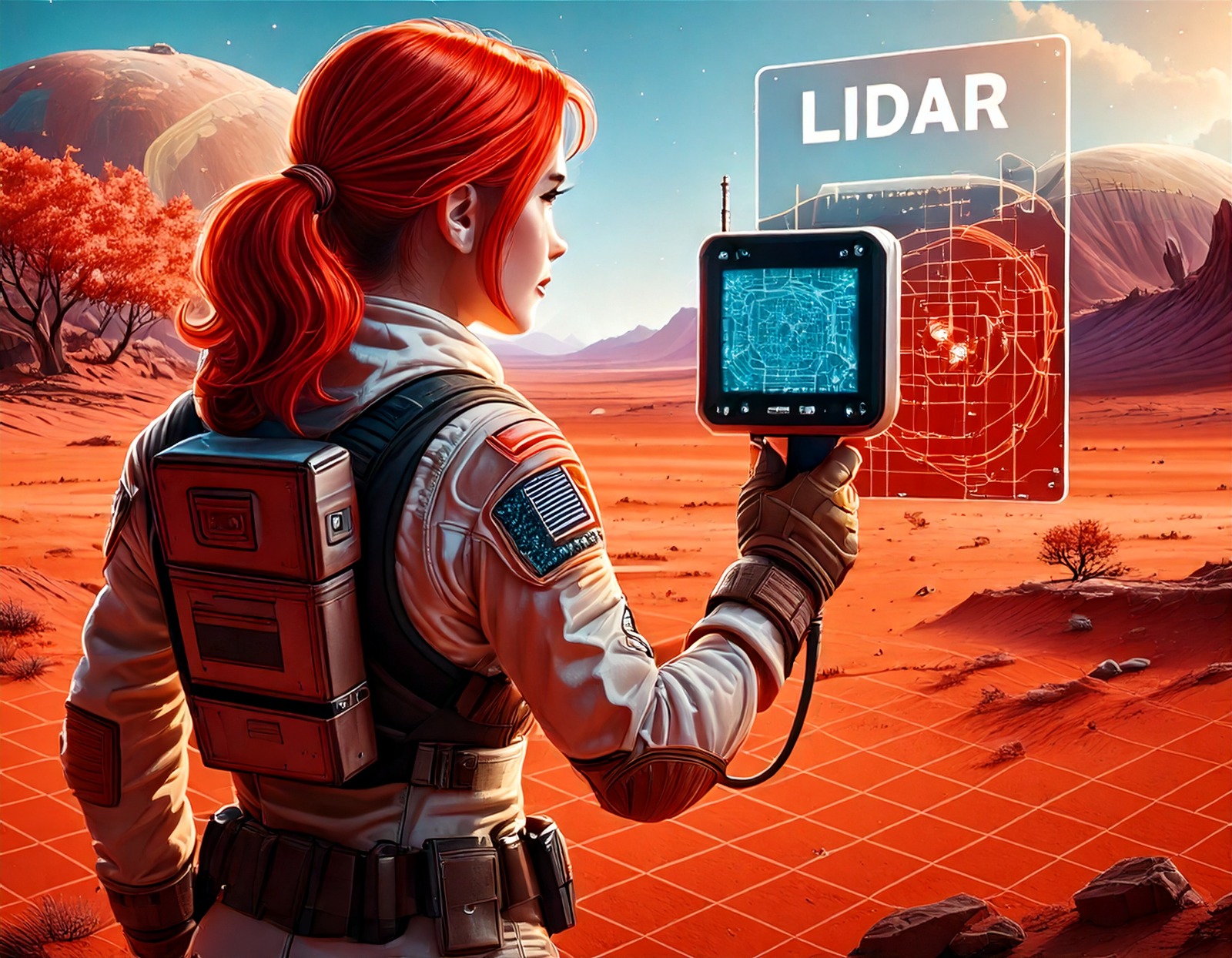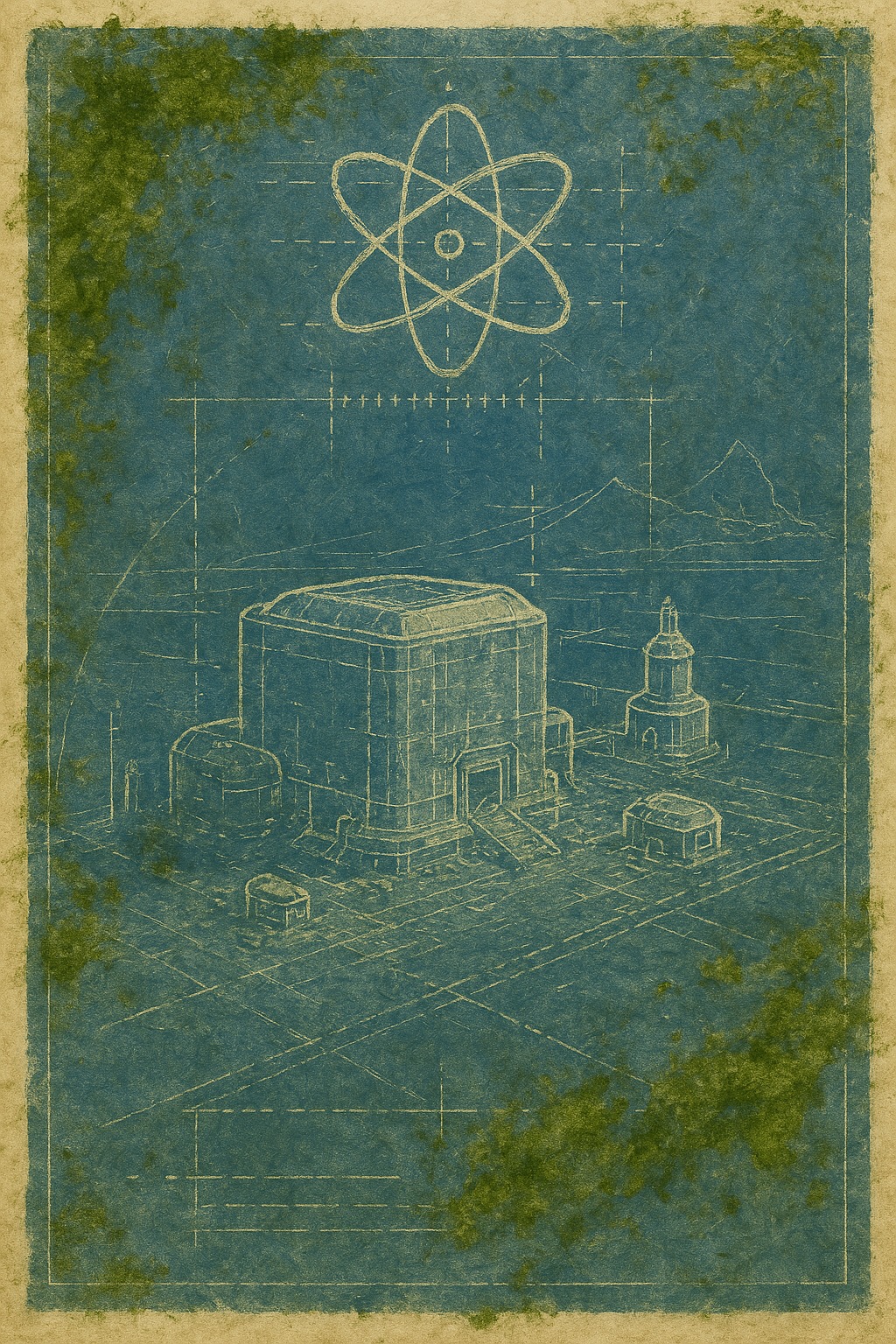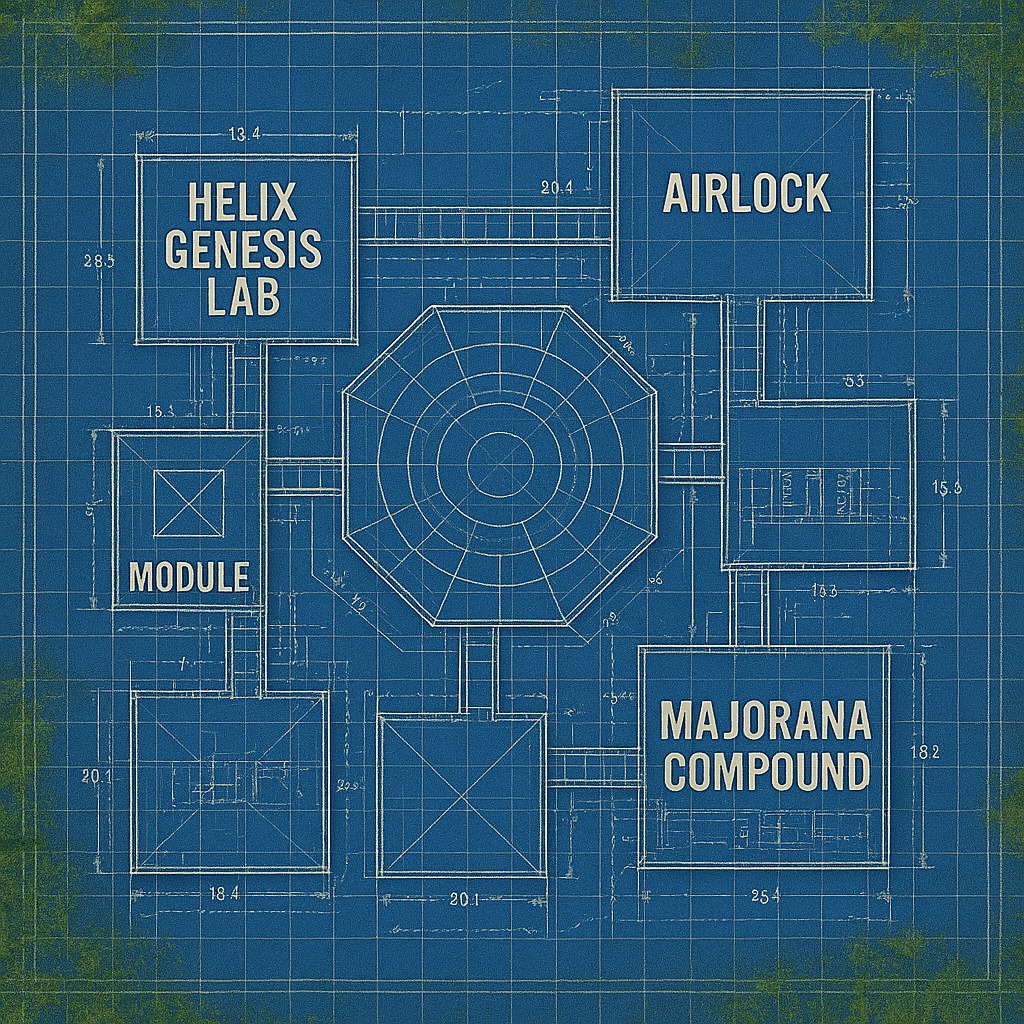A Lonely Arrival
"For twenty-three years, space was my cage. But here, under the alien sun, with real ground beneath my feet—this is my first breath of freedom. And I have no intention of wasting it." - Kael
Kael’s Personal Log – Final Descent to Vesper-9
2092, cycle 8, hour 34
“ is it. After 23 years aboard the Exodus-9, after endless simulations, drills, and waiting, I'm minutes away from making contact with Vesper-9.
The ship trembles around me. I can feel the artificial gravity strain as we cut through the planet’s exosphere. Pip , ever calm, runs final diagnostics, but I know the real challenge is about to begin.
I run through my mental checklist: Landing thrusters—primed. Atmospheric stabilizers—holding. Majorana-1—secure.
The entry window is tight. A miscalculation here, and I won’t have to worry about mapping the terrain—I’ll be part of it. Pip’s voice crackles through the speakers, cold, precise. "Descent trajectory optimal. Impact in 183 seconds."
I grip the console. My pulse pounds in my ears. A deep breath, just like the training. Just like the thousands of times I practiced this. Except this time, there's no reset button. No second chance.
Through the viewport, Vesper-9 expands before me, a swirl of ochre and deep violet. The atmospheric data is stable, but there’s an unpredictability to the wind patterns. A storm brews on the horizon.
I was born in space. Lived my entire life between metal walls and artificial sunlight. And now, I’m about to leave it all behind.
A crackle from Pip. "Thruster engagement in five… four… three—"
Here we go. »
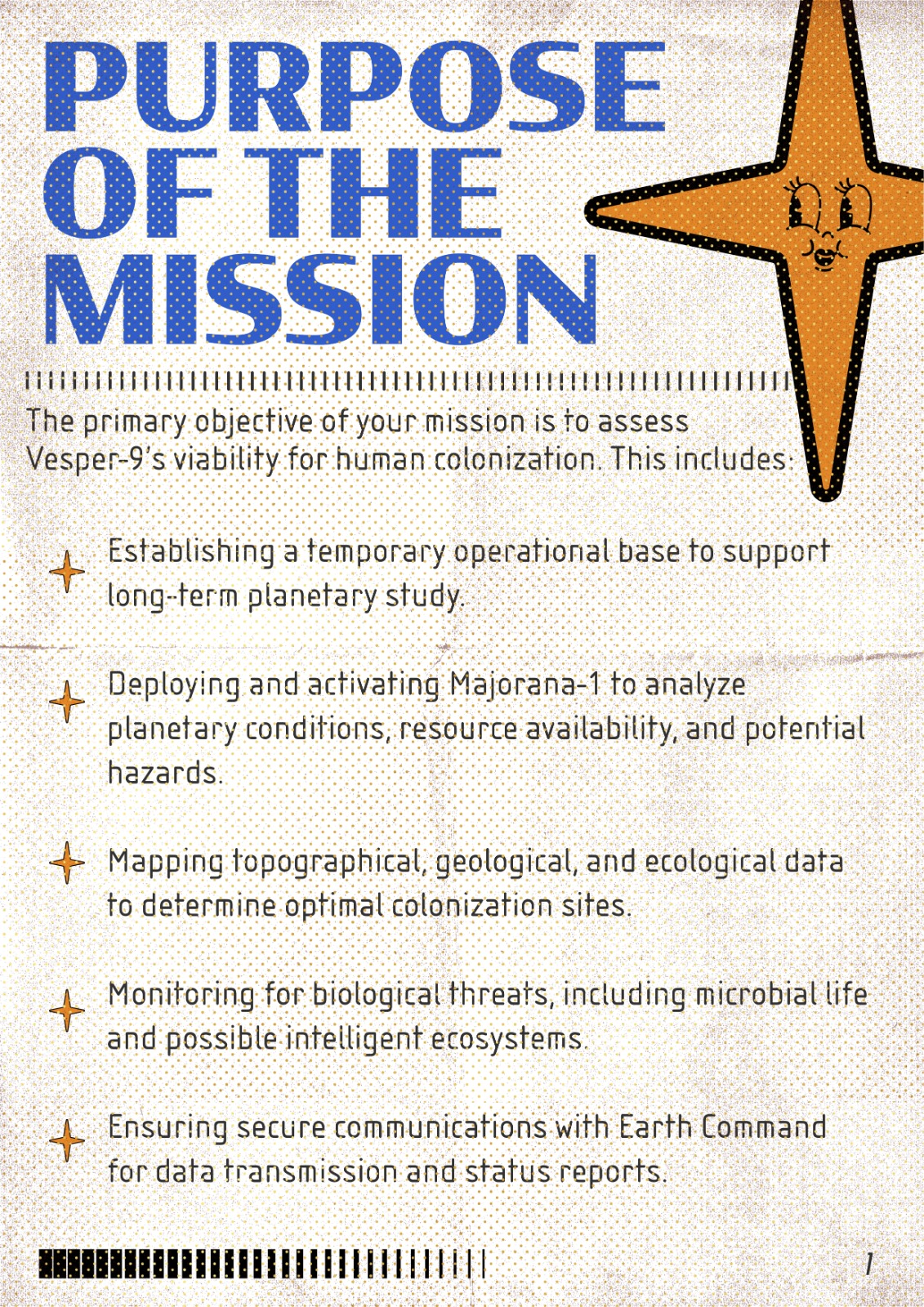
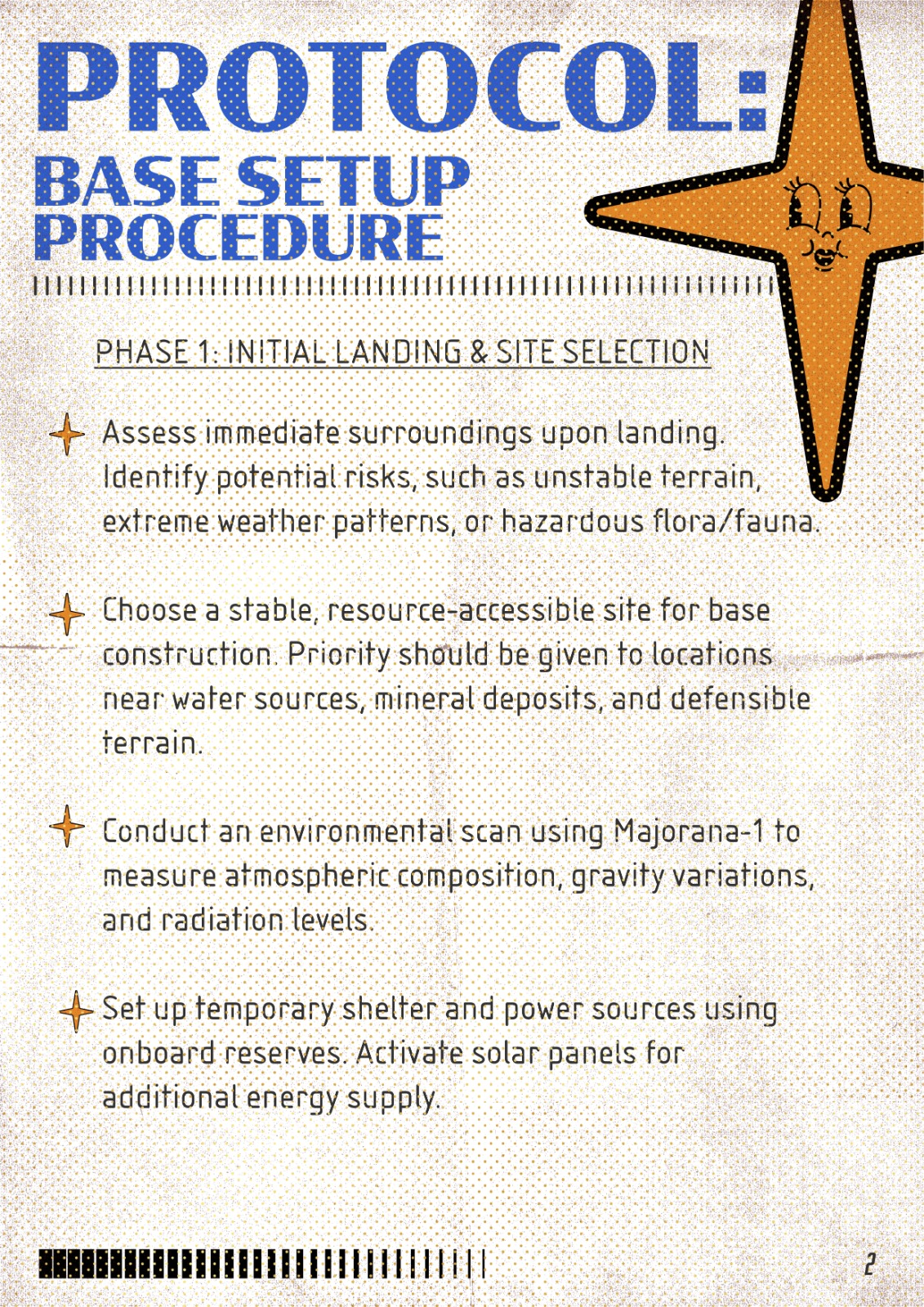
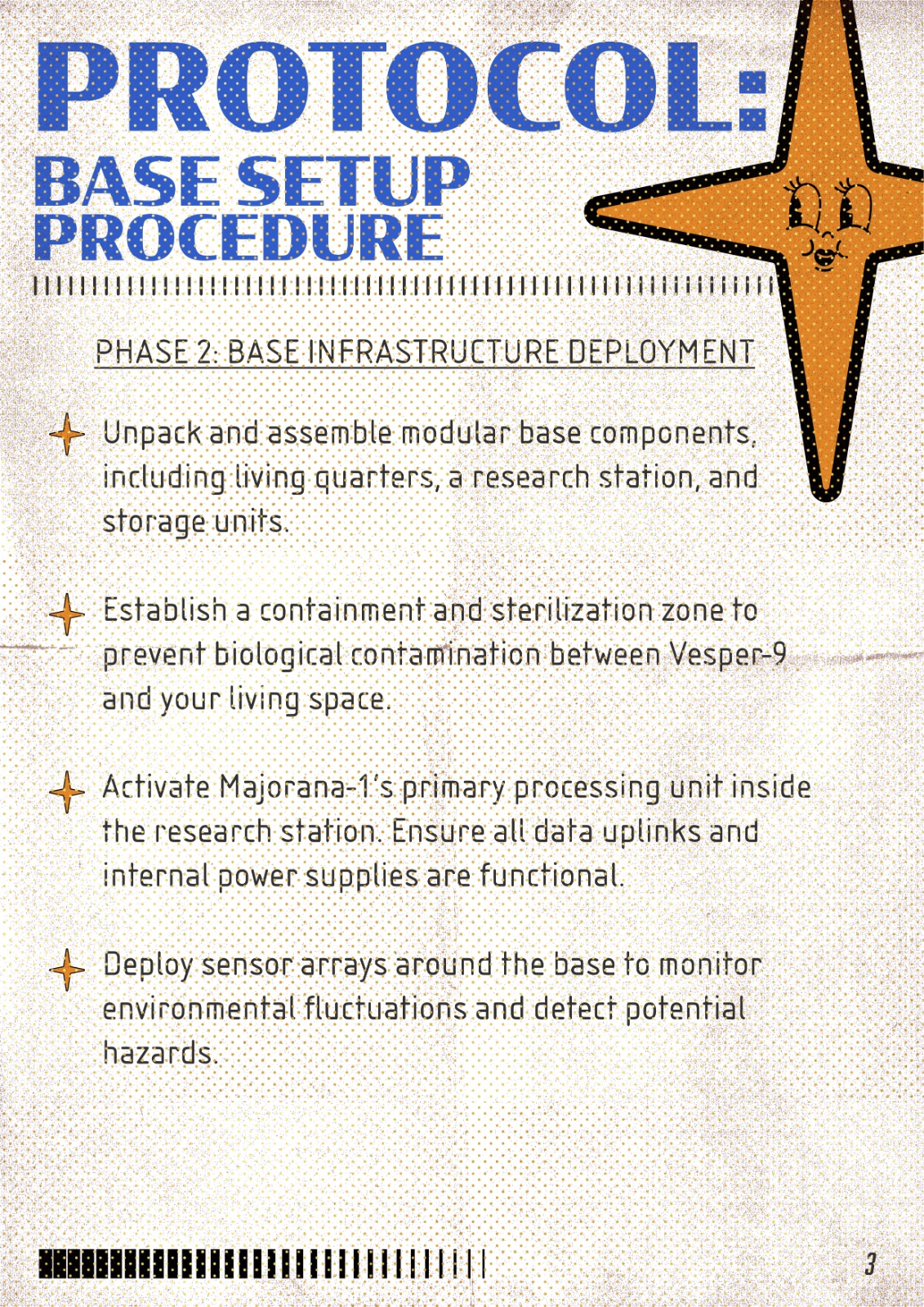
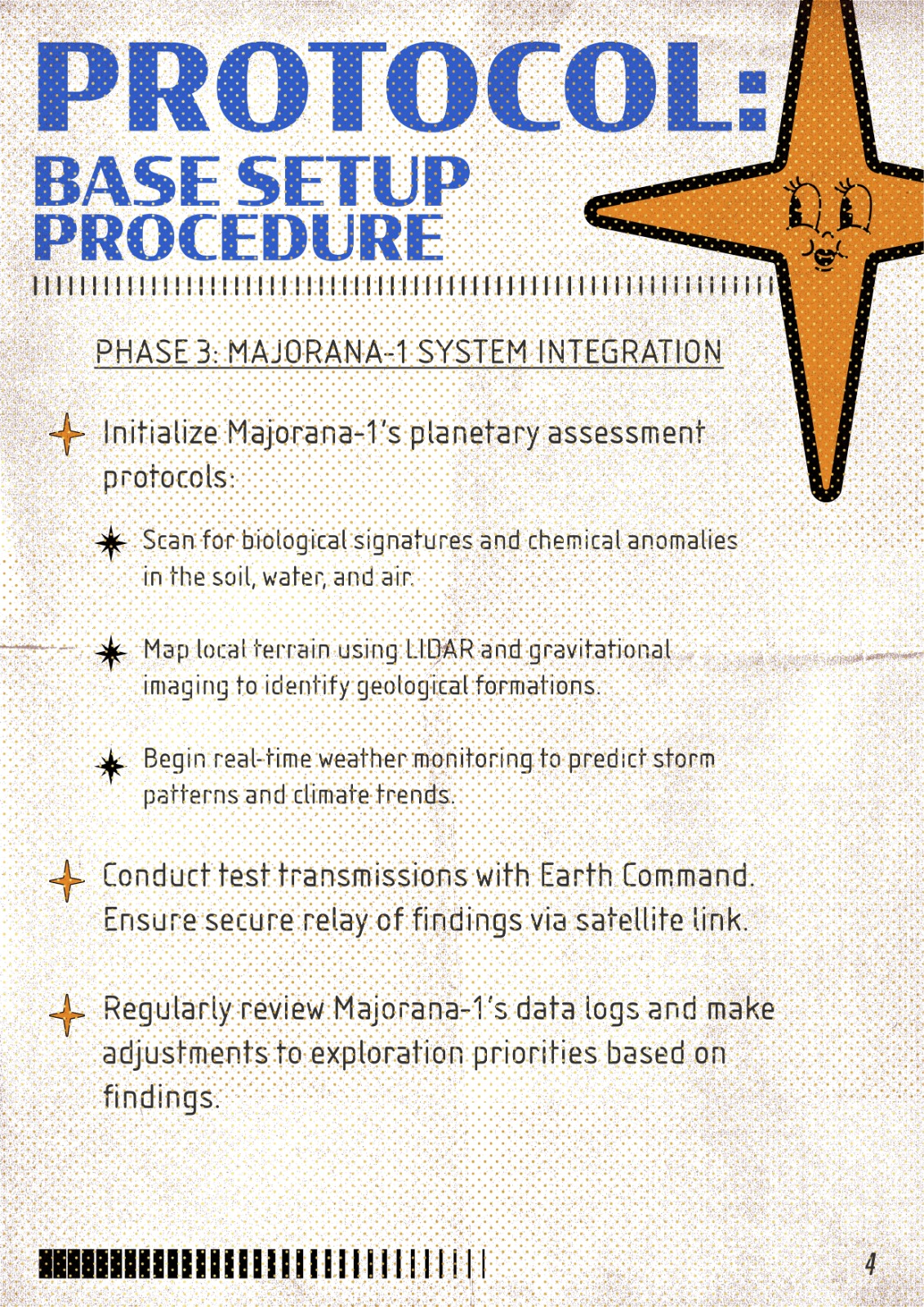
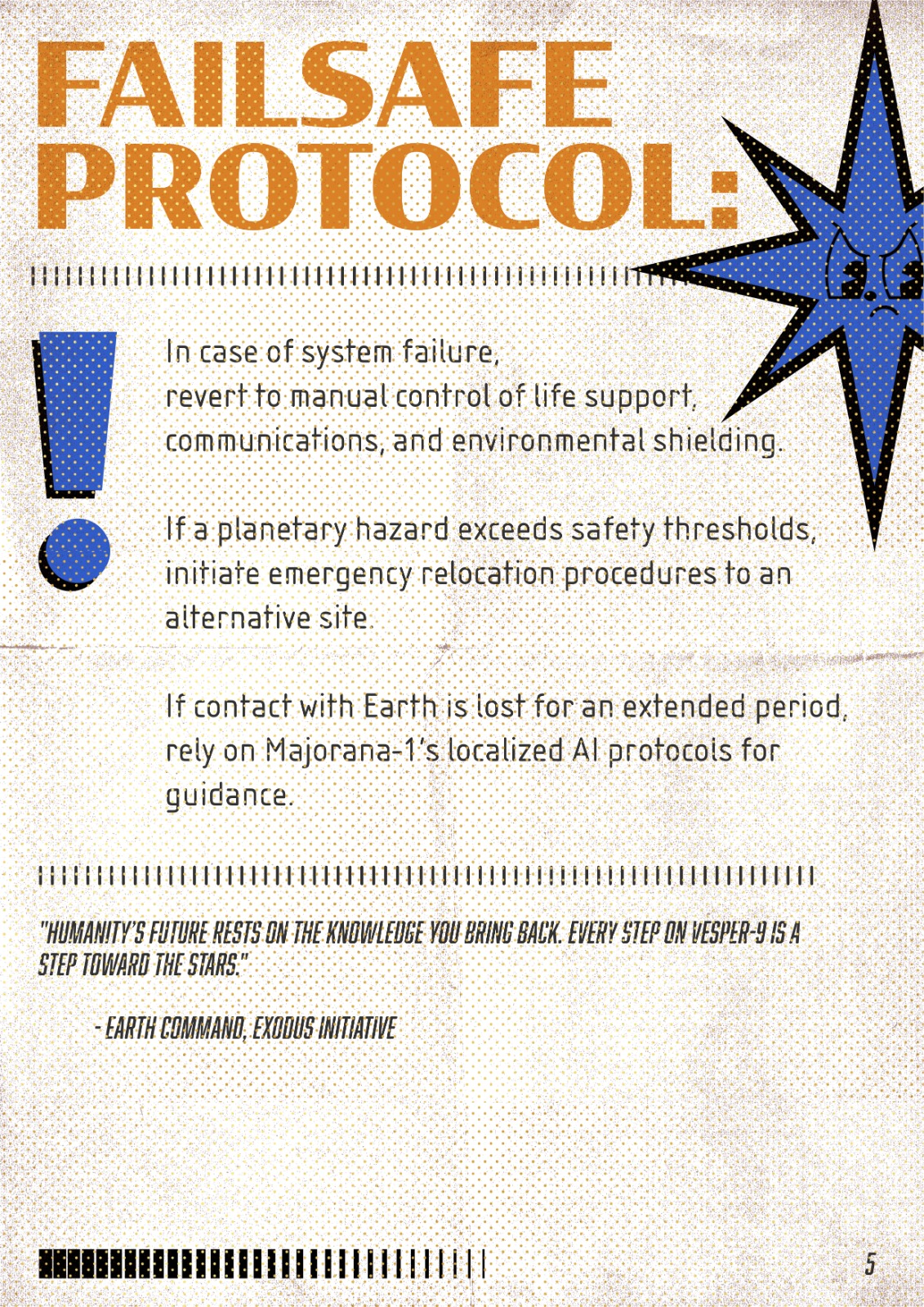
THEORETICAL EXPLANATION – MAJORANA 1
Microsoft’s Majorana 1 is an example of significant advancement in the world of Quantum computing, Microsoft came up with the first Quantum Processing Unit (QPU) powered by a topological core. The purpose? To scale up a million qubits on a single chip.
A topological core is inherently more stable and less prone to errors compared to regular qubits. This is possible thanks to the unique properties of the topological states of matter, promising more reliable quantum computations.
The breakthrough material used is the “topoconductor”. The novel class of materials allows topological superconductivity, which is necessary for operating topological qubits, thereby contributing to the overall stability and scalability of the quantum processor.
In practice this will reduce errors and enable computing closer to real-world problems. The scalability will open doors to solving computationally intensive problems that are not possible with otherwise traditional supercomputers.
This will allow to tackle various problems across various industries, including material science, cryptography, and optimization problems. It performs highly accurate simulations which will lead to breakthrough innovation in these fields. The research field can accelerate drug discovery, finding sustainable energy materials, secure quantum cryptography, and advanced artificial intelligence systems.
Reaching this level of quantum computing is in large part thanks to technology trajectories, the predictable evolution and progression of these technologies in correlation with how far research has become, and the incremental improvements and strategic vision of companies and institutions. The development of Microsoft’s quantum computing can be traced back to the earlier fundamental research, specifically when exploiting Majorana fermions as quantum bits, which was completely a different path taken compared to other companies pursuing superconducting qubits. The earlier foundational choices shaped the future innovation’s faith, exemplifying the strategic path dependency.
Developing the Majorana based qubits relies heavily on tacit knowledge. Complex sets of skills and expertise is required, deep knowledge about low-temperature physics, material source, quantum mechanics and nano-scale engineering. These skills are nuanced and cannot be easily codified and transferred through documents alone. Such knowledge is typically embodied in specialised researchers, labs, and experimental settings that Microsoft has invested in over decades, which also translated into a competitive advantage.
Microsoft was also able to use and transform external knowledge and translate it into an innovation. Accentuating absorptive capacity. Using breakthroughs in quantum physics research from universities and scientific labs worldwide in their internal development pipeline. They also leveraged foundational research and combined it with their in-house technological capabilities. And successfully transforming this knowledge and insights into a market ready product.
THEORETICAL EXPLANATION – LiDAR
LiDAR, or Light Detection and Ranging, is a remote sensing technology that uses laser light to measure distances and create detailed 3D representations of the Earth's surface and objects. It operates by emitting laser pulses and measuring the time it takes for the light to return to the sensor, which allows for precise distance calculation.
From a Knowledge and Innovation Management perspective, we can analyze LiDAR through the following concepts. LiDAR technology can be seen as a form of disruptive innovation, particularly in certain sectors. Disruptive innovation, as the lecture notes explain, challenges established ways of doing things and can transform existing markets or create new ones. In surveying and mapping, for instance, LiDAR has disrupted traditional methods by providing faster, more accurate, and more detailed data acquisition. While initially more expensive and complex, LiDAR's superior capabilities have led to its increasing adoption, challenging the dominance of older techniques.
We can also examine LiDAR's impact through the lens of competence-enhancing versus competence-destroying innovation. Competence-enhancing innovation builds on existing firm capabilities, while competence-destroying innovation renders existing capabilities obsolete. For firms heavily invested in traditional surveying methods, the shift to LiDAR could be seen as a competence-destroying innovation, requiring them to acquire new skills and technologies. On the other hand, for companies specializing in laser technology or data processing, LiDAR might be a competence-enhancing innovation, allowing them to leverage and expand their existing expertise.
The development and application of LiDAR often involve open innovation. Open innovation is the use of purposive inflows and outflows of knowledge to accelerate internal innovation, and expand the markets for external use of innovation. Given the complexity of LiDAR systems and their diverse applications, companies often collaborate with external partners, such as research institutions, technology providers, and end-users, to develop and improve LiDAR technology. This collaborative approach can bring in new ideas, share development costs, and speed up the innovation process.
Source: Wang, X., Pan, H., Guo, K., Yang, X., & Luo, S. (2020, May). The evolution of LiDAR and its application in high precision measurement. In IOP Conference Series: Earth and Environmental Science (Vol. 502, No. 1, p. 012008). IOP Publishing.


